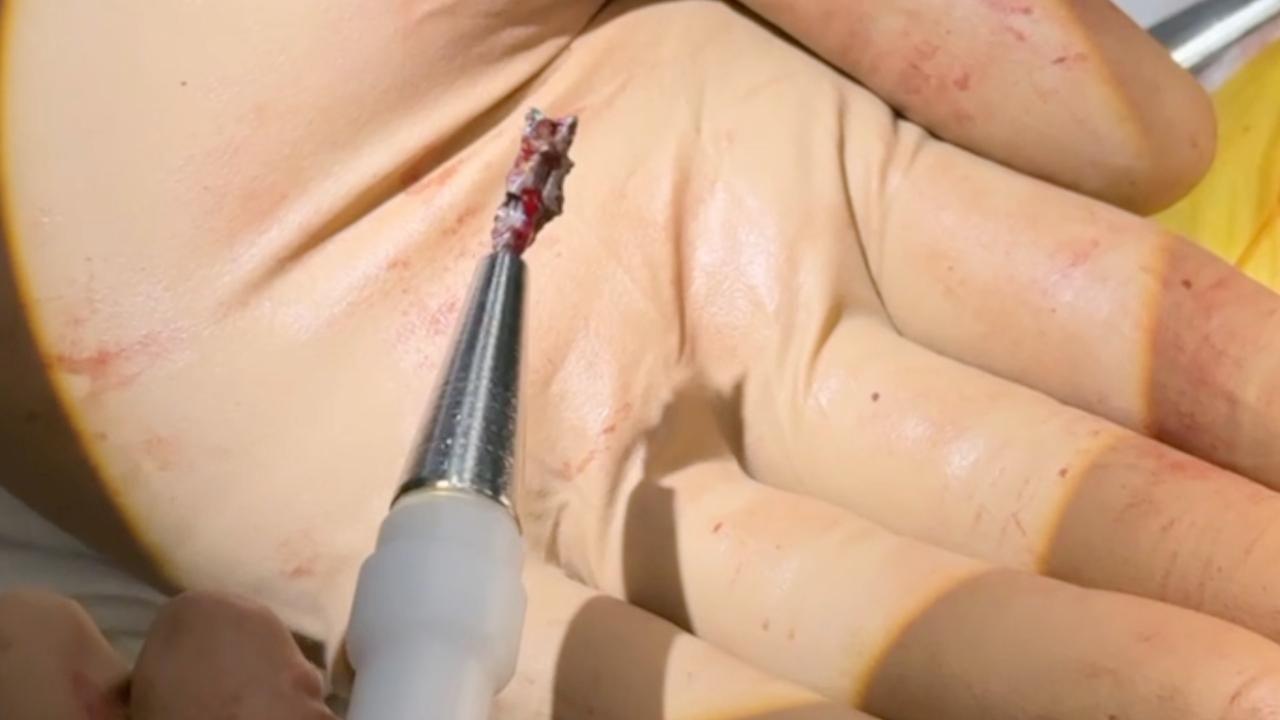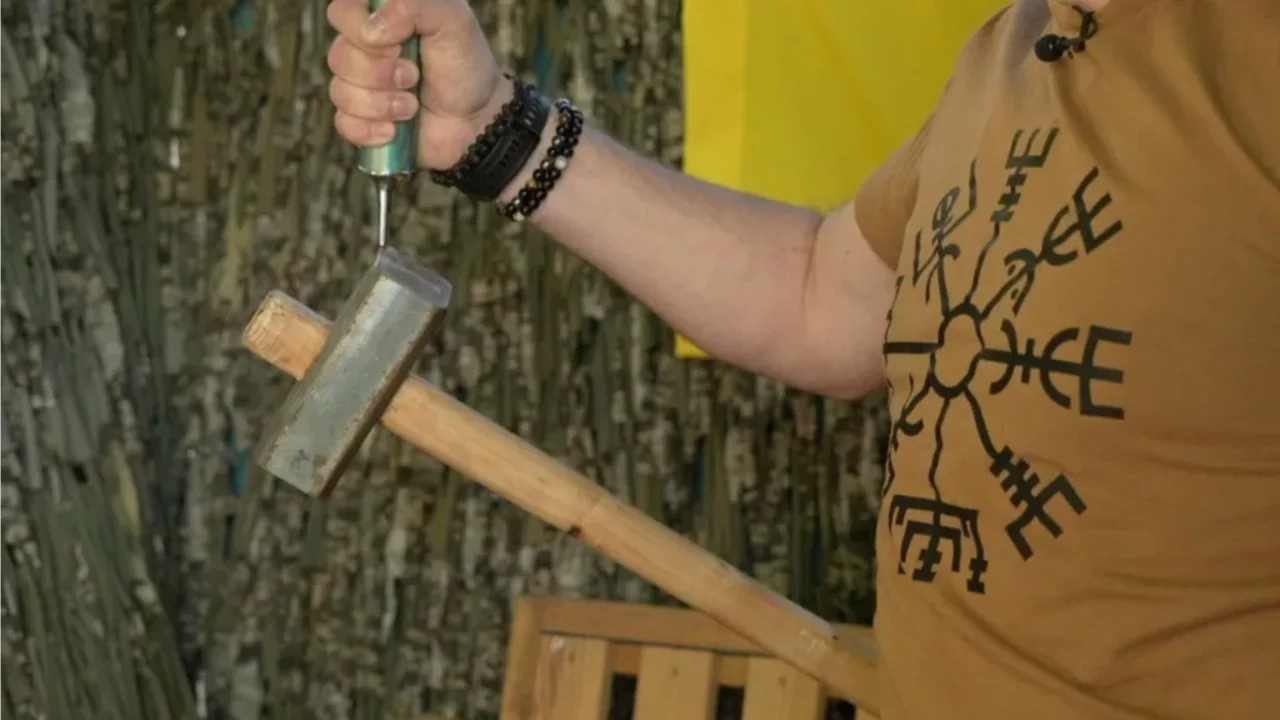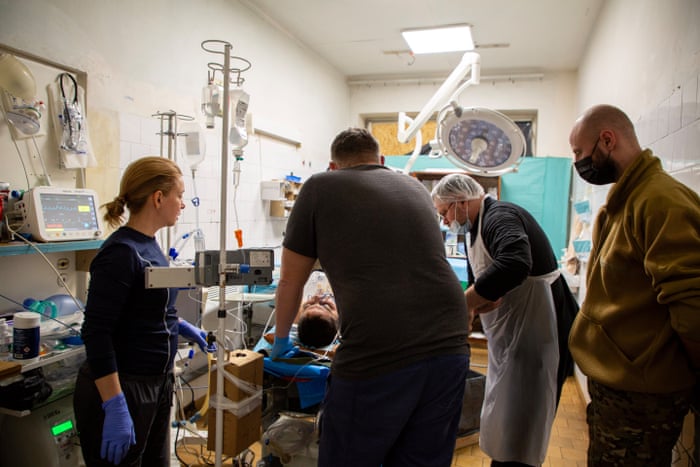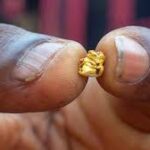Introduction: A Life Saved by Magnetism
Amidst the brutal realities of war in Ukraine, a powerful innovation is emerging from the battlefield: magnetic shrapnel extractors. These life-saving devices have already made headlines after saving soldiers like Serhiy Melnyk, who survived a near-fatal injury when shrapnel pierced his lung and heart during a drone strike.

This modern medical marvel is a quiet yet critical revolution in battlefield medicine — one that could reshape how war injuries are treated not just in Ukraine, but globally.
The Rise of Shrapnel Injuries in Drone Warfare
With drone strikes increasing across Ukraine’s front lines, shrapnel injuries now account for up to 80% of battlefield trauma, according to military medics. The sheer speed and fragmentation of these explosives make surgery more dangerous and time-consuming magnetic shrapnel extractors.
Enter the magnetic shrapnel extractor — a device that allows surgeons to locate and remove metal fragments with precision and minimal invasiveness. Unlike traditional open-heart surgeries, these tools can be inserted via small incisions and guided by powerful magnets to pull out deadly shards lodged in the body.
How Magnetic Extractors Work
Invented by former lawyer turned military volunteer Oleh Bykov, the concept of using magnets in surgery isn’t new — it dates back to the 1850s Crimean War. But what Bykov has done is modernize the idea with flexible designs suitable for abdominal, bone, and micro-surgeries.

Using a pen-sized magnetic device, doctors like Serhiy Maksymenko in Dnipro can perform heart surgeries that were once deemed impossible under front-line conditions. “You don’t need to make large cuts in the heart,” says Maksymenko. “Just insert the magnet and it pulls the shrapnel out.”
Wartime Innovation Without Red Tape
While these extractors have not yet received formal certification, Ukrainian law allows their use under martial law. The Ukrainian Health Ministry supports their deployment in military zones under emergency exemptions.
Veteran war surgeon David Nott called the tool “ingenious” and potentially game-changing for future conflicts, including in places like Gaza. “In war, things get developed which would never have been thought of in civilian life,” he says.
Field Success and Global Recognition
Over 3,000 units have already been distributed to hospitals and battlefield medics across Ukraine. Paramedics like Andriy Alban now rely on the device in trenches, often under fire and without anesthesia. “My job is to save lives,” he explains, “and this tool helps me do it faster.”
The extractors have garnered praise not only in Ukraine but from international medical experts. As highlighted by BBC News, the device has already been used in over 70 successful heart surgeries.
Stories of Survival: Serhiy and Yulia

For soldiers like Serhiy Melnyk, the magnetic extractor was the difference between life and death. After surviving a piece of drone shrapnel that pierced his lung and heart, his wife Yulia tearfully thanked the inventors: “Thanks to them, my husband is alive.”
As these devices continue to prove effective, there are calls for wider adoption and formal certification, but for now, their value on the battlefield is undeniable.
Conclusion: A Small Tool with a Big Impact
Magnetic shrapnel extractors are not just surgical tools — they are symbols of ingenuity under fire. As Ukraine battles on the front lines, it’s clear that necessity breeds innovation. These devices are already saving lives today, and they could shape the future of emergency war medicine globally.
To explore more life-saving innovations from Ukraine’s front lines, check out our Ukraine Frontline Updates coverage at The Morning News Informer.









